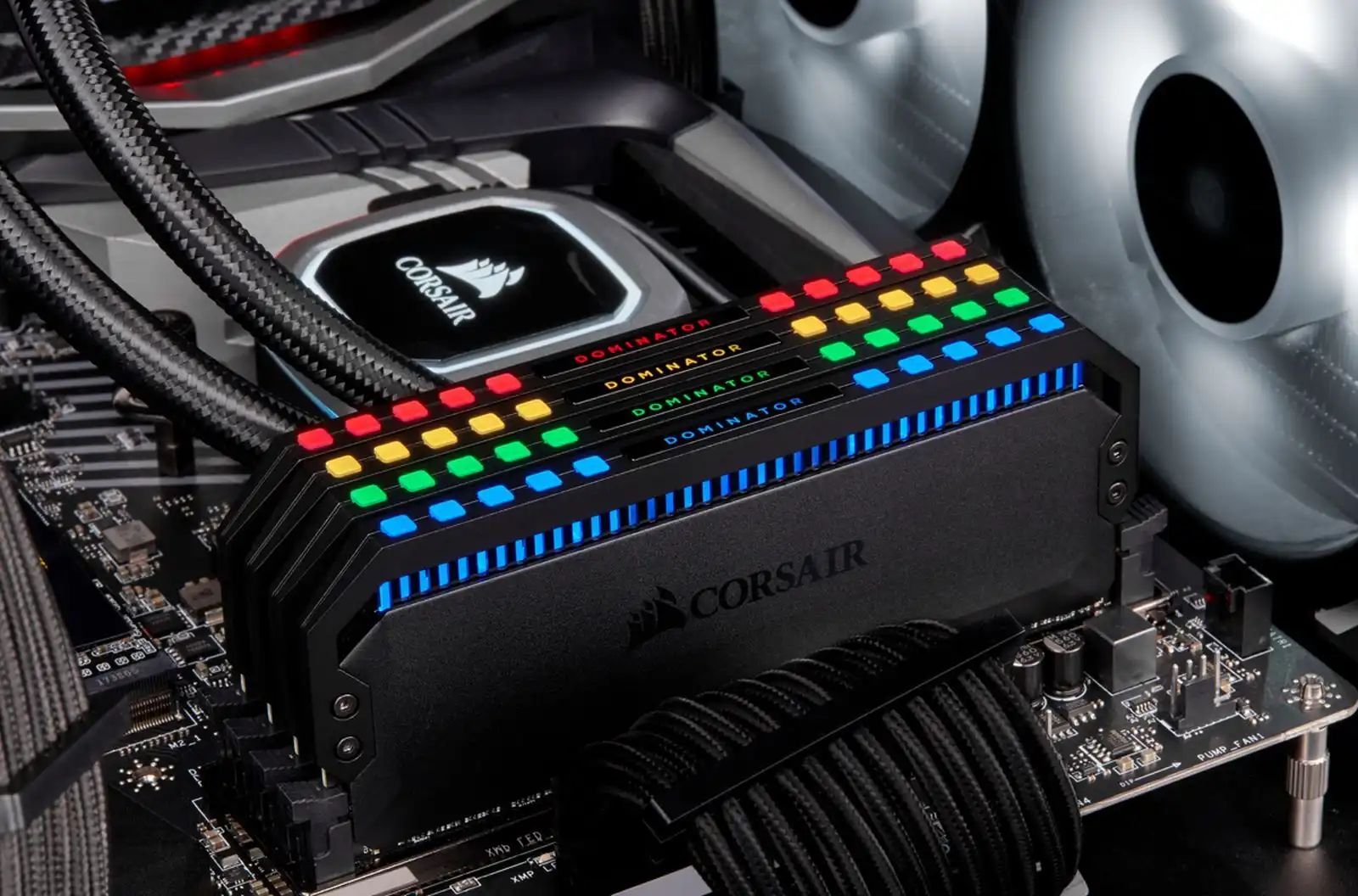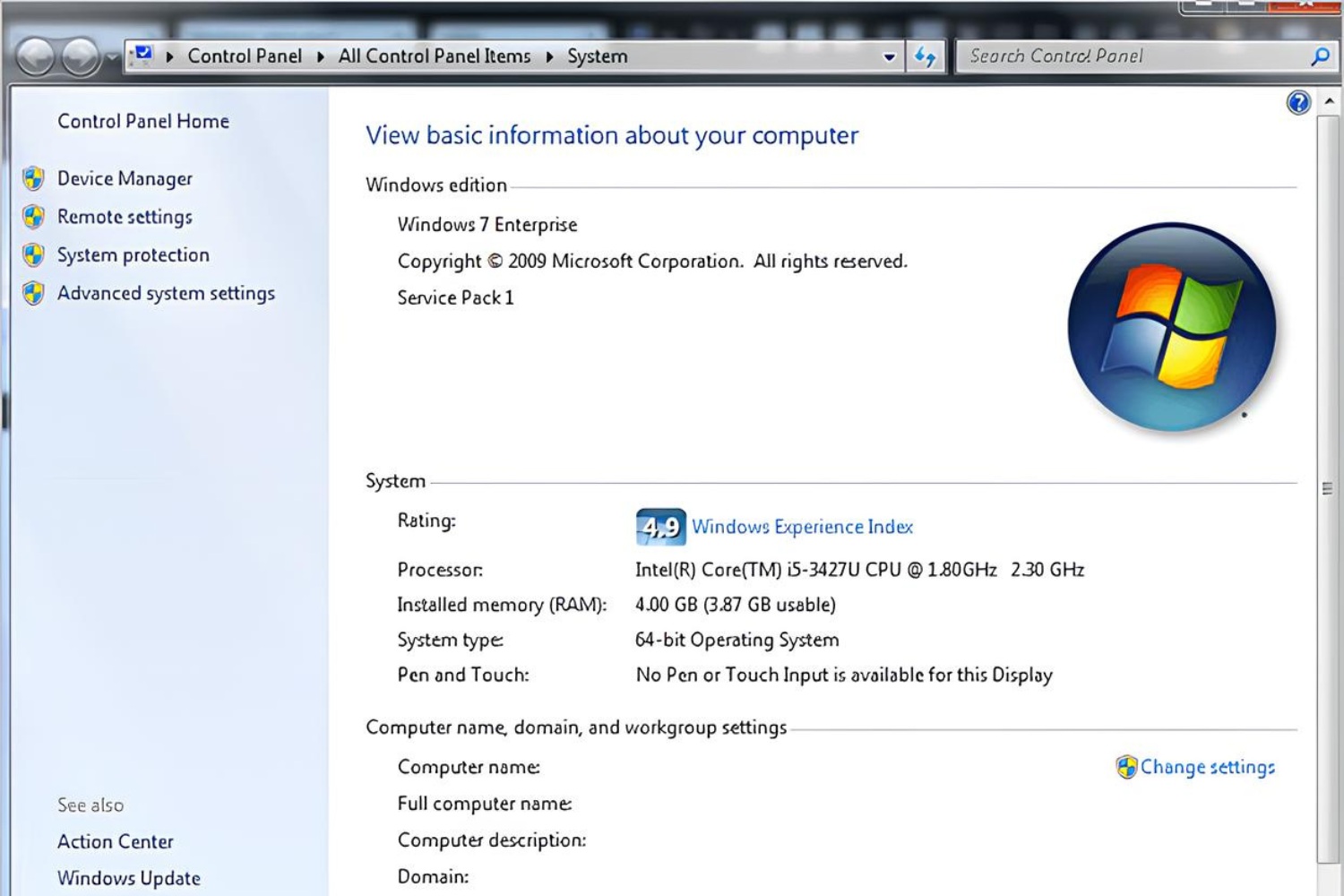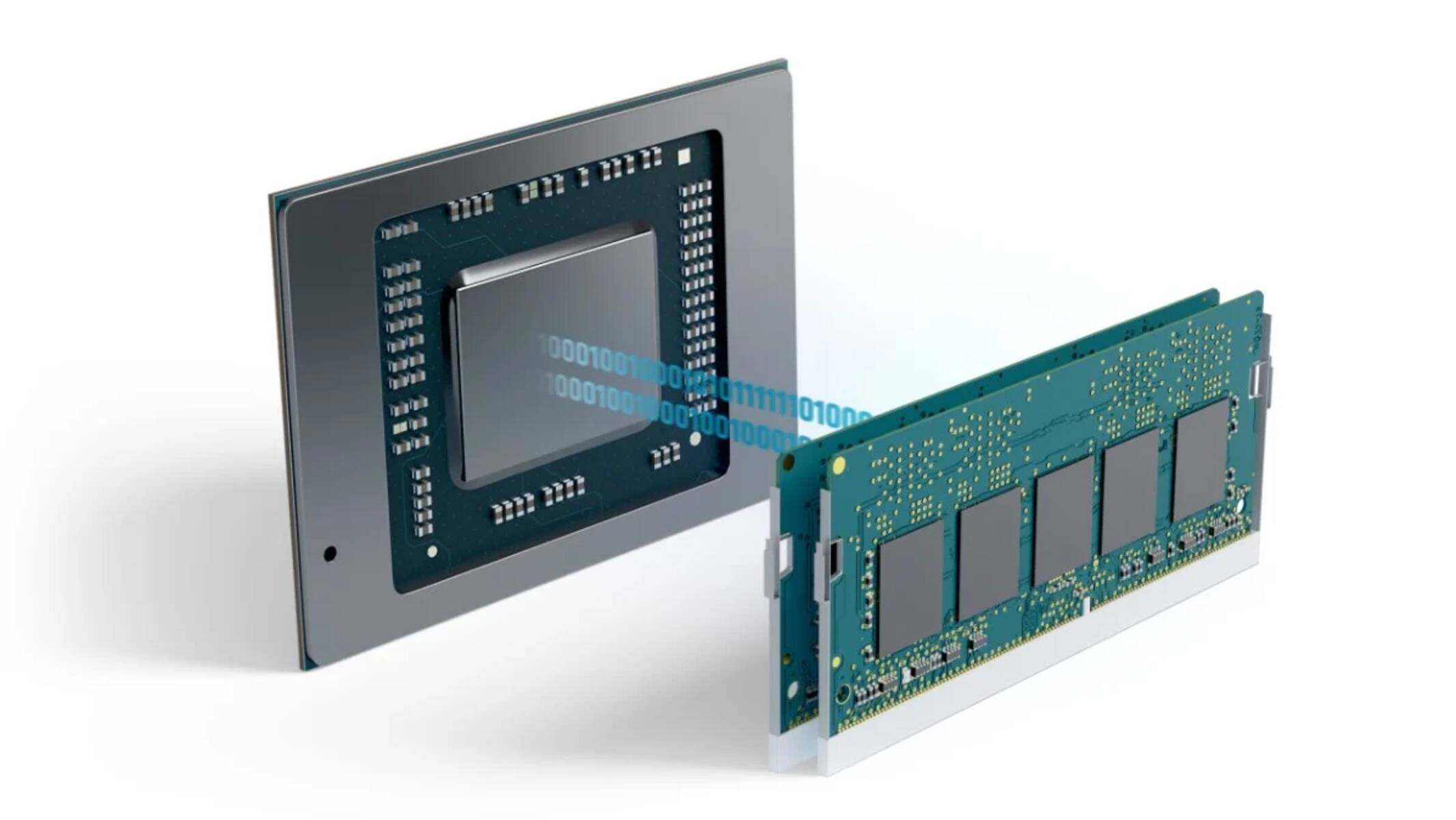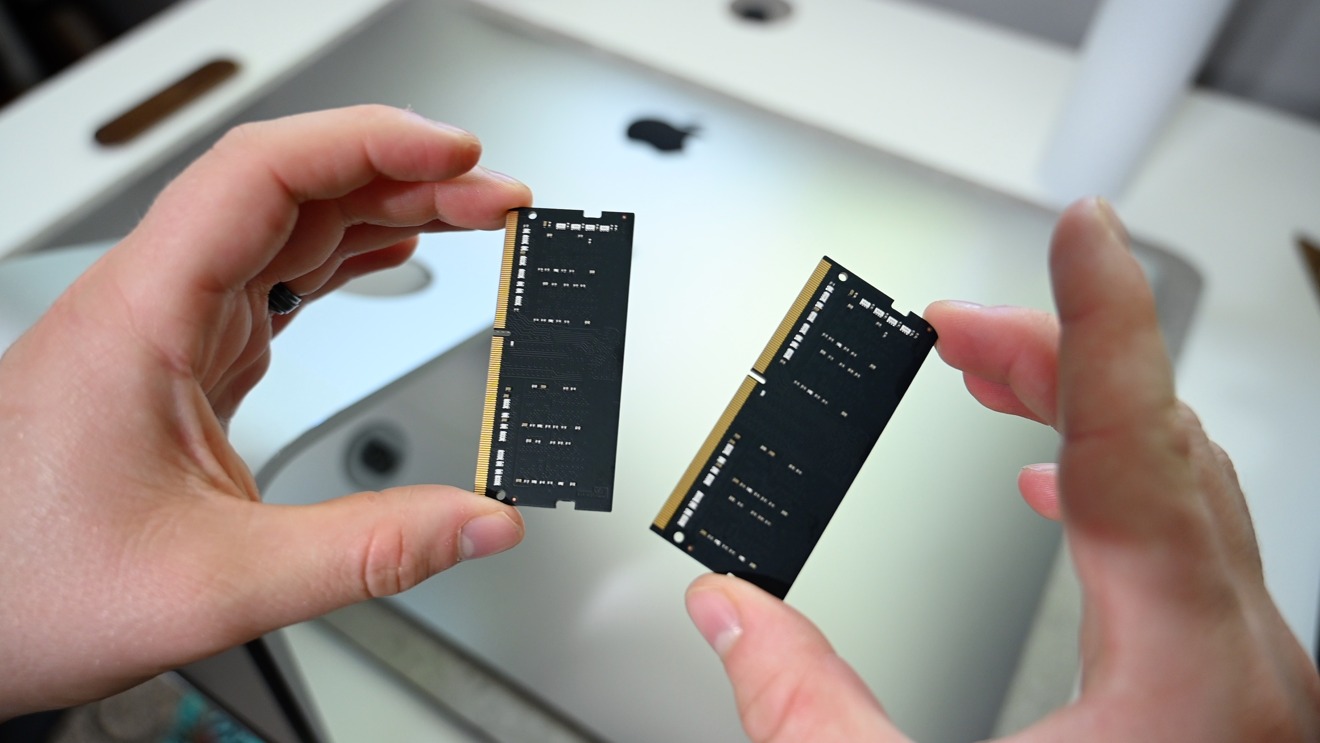Introduction
Understanding the specifications of your computer’s RAM (Random Access Memory) can be essential for various reasons, such as upgrading or troubleshooting your system. RAM is a vital component that plays a crucial role in the overall performance and speed of your device. However, determining the exact type of RAM your computer has can be a bit confusing, especially if you are not familiar with technical aspects.
This article will guide you through the process of identifying the type of RAM installed in your computer, whether you are using Windows, Mac, Linux, or even mobile devices. We will explore different methods, including built-in tools and third-party software, that can help you easily determine the type and specifications of your RAM.
By understanding your RAM’s specific type and capacity, you will have the necessary information to make informed decisions about upgrades or troubleshooting. So, let’s dive in and learn how to identify the type of RAM in your computer!
Note: It is important to mention that the method for checking RAM depends on the operating system and device you are using. Therefore, follow the relevant section based on your computer or mobile device.
Checking your RAM type on Windows
If you are using a Windows operating system, you can easily determine the type of RAM installed on your computer using the built-in system information tool. Here is how you can do it:
- Press the Windows key + R on your keyboard to open the Run dialog box.
- Type “msinfo32” (without quotes) in the Run dialog box and press Enter. This will open the System Information window.
- In the System Information window, navigate to the “System Summary” section on the left-hand side.
- Under “System Summary,” locate the item labeled “Installed Physical Memory (RAM).” Here, you will find information about the total installed RAM capacity.
- Click on the arrow next to “Installed Physical Memory (RAM)” to expand the details.
- You will see the “Form Factor” field, which indicates the physical design of your RAM module (e.g., DIMM, SODIMM).
- Look for the “Type” field, which tells you the specific type of RAM installed in your computer (e.g., DDR3, DDR4).
- Take note of the information displayed, as it will help you in identifying the type of RAM you have.
Knowing the form factor and type of RAM installed in your computer will equip you with the necessary information for upgrading or troubleshooting purposes. Whether you are planning to add more RAM or replace an existing module, having this information will ensure compatibility with your system.
Note: Alternatively, you can also use third-party software, such as CPU-Z or HWMonitor, to check your RAM type and other detailed specifications. These tools provide comprehensive information about your computer’s hardware, including RAM, CPU, and motherboard.
Checking your RAM type on Mac
If you are using a Mac computer, you can easily find out the type of RAM installed using the built-in “About This Mac” feature. Follow these steps to check your RAM type on a Mac:
- Click on the Apple menu in the top-left corner of your screen and select “About This Mac.”
- In the window that appears, click on the “Overview” tab if it is not already selected.
- Under the “Memory” section, you will see information about the total installed memory.
- Click on the “Memory Upgrade Instructions” link to open the Apple Support website in your web browser.
- On the support page, you will find detailed information about the memory requirements for your specific Mac model.
- In the “Memory Upgrade Instructions” section, you will also find the type of RAM required for your Mac, such as DDR3 or DDR4.
- Make note of the RAM type specified for your Mac model.
Having identified the type of RAM required for your Mac, you can now easily find compatible RAM modules for upgrading or replacing the existing ones. This will help improve your Mac’s performance and ensure compatibility with your system.
Note: If you want to dive deeper into the technical details of your Mac’s RAM, you can use third-party software like Macs Fan Control or iStat Menus. These tools provide detailed information about your Mac’s hardware, including RAM type, speed, and capacity.
Checking your RAM type on Linux
Checking the RAM type on a Linux computer can be done through various methods, including using command-line tools and system information utilities. Here are two commonly used methods to determine the RAM type on Linux:
1. Using the “dmidecode” command
- Open the terminal on your Linux computer.
- Type the following command and press Enter:
sudo dmidecode --type memory - This command will display detailed information about your computer’s memory, including the memory module type (e.g., DDR3, DDR4).
- Look for the “Memory Device” section, which provides information about each RAM module installed on your computer.
- Under the “Memory Device” section, you will find the “Type” field, indicating the type of RAM used (e.g., DDR3).
- Note down the RAM type mentioned for your modules.
2. Using the “hwinfo” command
- Launch the terminal on your Linux system.
- Type the following command and press Enter:
sudo hwinfo --short --memory - The output will display information about your computer’s memory, including the type of RAM utilized (e.g., DDR3, DDR4).
- Make a note of the RAM type for future reference.
By employing these methods, you can easily identify the type of RAM installed on your Linux computer. This knowledge will aid you in making informed decisions regarding RAM upgrades or troubleshooting.
Note: Various GUI-based system information tools and hardware monitoring applications, such as “Hardinfo” or “lshw-gtk,” are also available for Linux. These tools provide a graphical representation of your system’s hardware components, along with detailed information about your RAM type and other specifications.
Checking your RAM type on mobile devices
Determining the RAM type on your mobile device can be useful when you want to find out the specifications or if you’re considering upgrading. Here’s how you can check the RAM type on different mobile platforms:
Android:
1. Open the “Settings” app on your Android device.
2. Scroll down and tap on “About phone” or “About device”.
3. Look for the “Memory” or “RAM” section.
4. Here, you will find information about the total RAM capacity of your device.
5. The RAM type might not be explicitly mentioned in the settings, but you can usually find the information by searching for your specific device model and its specifications online.
iOS (iPhone and iPad):
1. Open the “Settings” app on your iOS device.
2. Tap on “General”.
3. Select “About”.
4. Look for the “Total Memory” or “RAM” field.
5. The RAM capacity will be displayed, but the specific type of RAM is not typically provided in the settings.
6. To find the RAM type, you can search for your device model and its specifications on Apple’s official website or other reliable sources.
It’s important to note that mobile devices can have different RAM capacities and types depending on the model and generation. Checking the RAM type is crucial if you’re planning to upgrade your device’s memory or if you need detailed specifications for troubleshooting purposes.
Remember to consult official documentation or reliable sources to find out the specific RAM type for your mobile device.
Checking your RAM type using third-party software
In addition to built-in tools and system information utilities, you can also use third-party software to identify the type of RAM installed on your computer. These software options provide more detailed information about your system’s hardware components, including RAM. Here are a couple of popular options:
CPU-Z:
CPU-Z is a widely-used system monitoring tool that provides comprehensive information about the hardware components of your computer. It is available for Windows and Android devices. Here’s how you can use CPU-Z to check your RAM type:
- Download and install CPU-Z from the official website.
- Launch the program and navigate to the “Memory” tab.
- Under the “General” section, you will find information about your computer’s RAM, including the type of RAM (e.g., DDR3, DDR4).
- Note down the RAM type for future reference.
HWMonitor:
HWMonitor is another popular software that provides in-depth information about your computer’s hardware. It is available for Windows and Linux operating systems. Here’s how you can use HWMonitor to check your RAM type:
- Download and install HWMonitor from the official website.
- Launch the program and look for the “Memory” section.
- There you will find detailed information about your computer’s RAM, including the type and speed.
- Make note of the RAM type specified.
Using third-party software can be a convenient way to obtain detailed information about your RAM type and other hardware specifications. It is particularly helpful if you require comprehensive details about your computer’s components or if you prefer a user-friendly interface.
Remember to download software from trusted sources and keep it updated to ensure accurate and reliable information about your RAM type.
Conclusion
Identifying the type of RAM installed on your computer or mobile device is essential for various reasons, such as upgrading, troubleshooting, and ensuring compatibility. Whether you are using Windows, Mac, Linux, or mobile devices, there are several methods available to check your RAM type.
On Windows, you can use the built-in system information tool or third-party software like CPU-Z or HWMonitor. Mac users can find the RAM type through the “About This Mac” feature or by using third-party software. Linux users can utilize the “dmidecode” or “hwinfo” command-line tools or opt for GUI-based system information tools. To check RAM type on mobile devices, you can refer to the device settings or search for specifications online.
Having accurate information about your RAM type will help you make informed decisions regarding upgrades or troubleshooting. It ensures compatibility with your system and can enhance your computer’s performance and overall user experience.
Remember to consult official documentation, reliable sources, or third-party software from trusted providers for precise and up-to-date information about your RAM type.
By understanding the specifications of your RAM, you can optimize your computer’s performance and ensure smooth multitasking. So, take the time to check your RAM type, and if necessary, consider upgrading your memory to meet your computing needs.

























